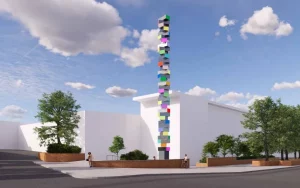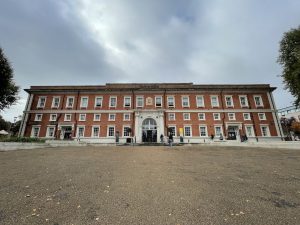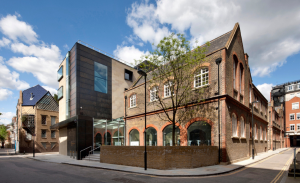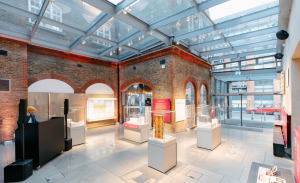Goldsmiths’ New Campus: Architecture as Catalyst in New Cross
In South London, architecture doesn’t just shape space — it shapes possibility. The new campus expansion at Goldsmiths, University of London is a striking example of how built form can influence cultural renewal, especially in a neighbourhood like New Cross, where art, activism, and urban grit coexist.
The Goldsmiths Centre for Contemporary Art (CCA), designed by Assemble Studio and housed in a former Victorian bathhouse, is more than a gallery. It’s a spatial manifesto. Raw brick, exposed steel, and adaptive reuse speak to a philosophy of continuity — not erasure. The building doesn’t overwrite the past; it dialogues with it.
This architectural gesture resonates with the ethos of New Cross: layered, resistant, open-ended. Around the campus, cafés, studios, and record shops pulse with student energy. But it’s not just youth — it’s intentional youth: politically aware, creatively restless, spatially engaged.
Goldsmiths’ expansion has also influenced the surrounding urban fabric. Pop-up spaces, artist-run initiatives, and digital labs have emerged in its orbit. The architecture acts as anchor and amplifier — a quiet force that attracts and stabilises creative momentum.
For those of us with architectural training, like you Angelo, the campus is a case study in urban acupuncture: small interventions with deep impact. It’s not flamboyant. It’s precise. And it reminds us that architecture, when done with care, can be both infrastructure and invitation.









